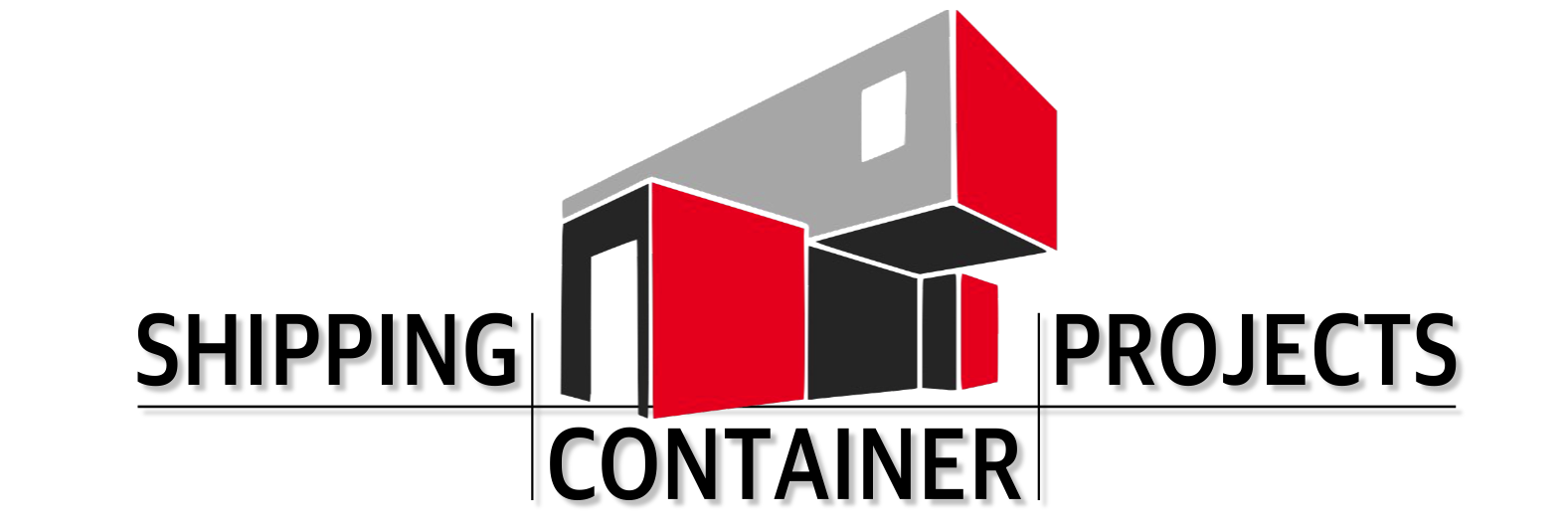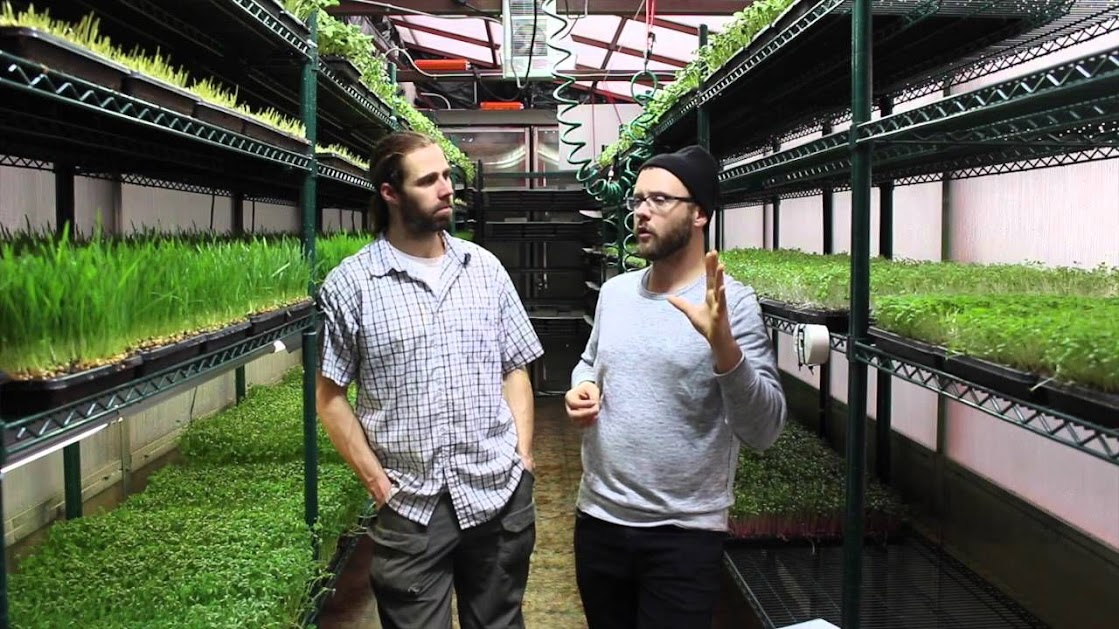hey it’s courtesy of the urban farmer. Dot CEO hit the subscribe button right now. If you want to see more videos like this and please like and share them with your friends, so today, I’m in Vancouver BC and I’m at a
It’S super cool operation. The thing I like about it, the most is that this kind of this is the







